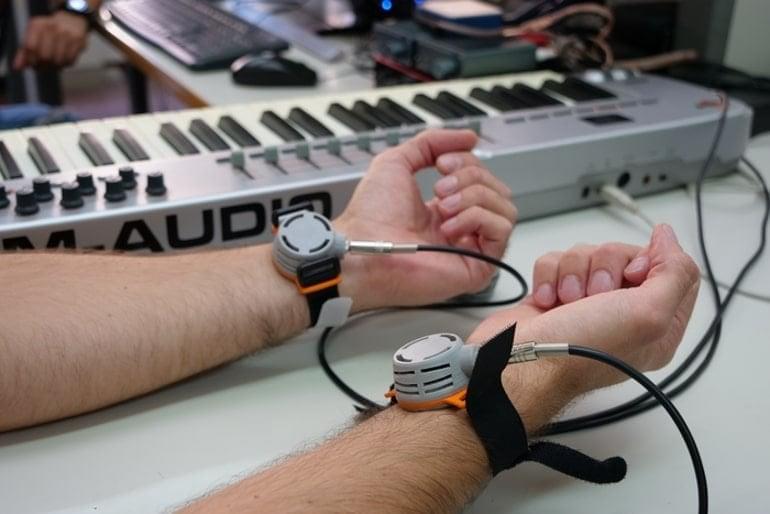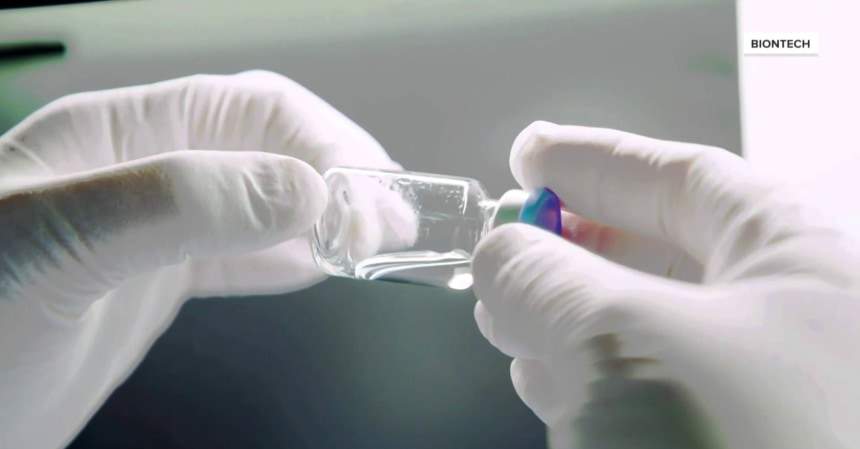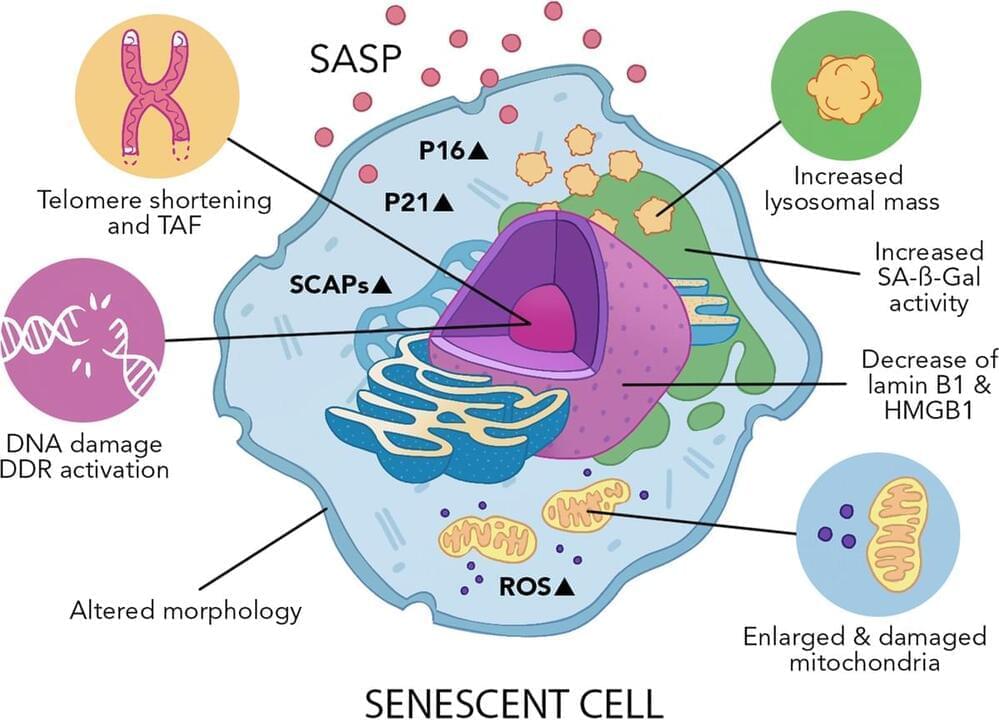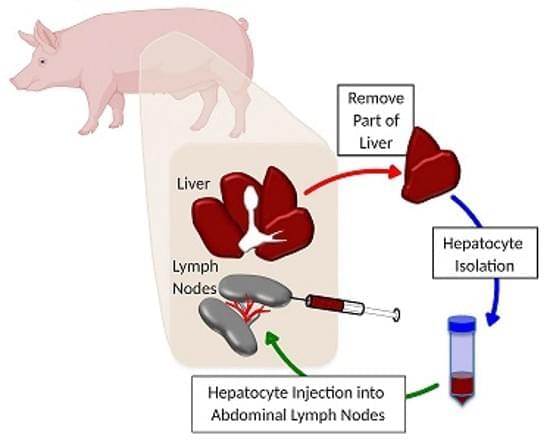That’s what Musk announced during Tesla’s Q3 2022 earnings call.
The third vehicle platform for Tesla, following the big one supporting the Model S and X and the small one supporting the Model 3 and Y, has received new information from company CEO Elon Musk.
Customers, investors, and Tesla supporters have been anticipating the company’s introduction of a new vehicle that will be less expensive than the current models for some time.
Tesla.
The cost and labor involved in manufacturing Tesla’s new vehicle platform will be significantly reduced. The company added that it will produce more than all of its other existing vehicles put together.







